Emergence of Autonomous Vehicles
The emergence of autonomous vehicles is reshaping the landscape of the High Performance Inertial Sensing Market. As automotive manufacturers invest heavily in developing self-driving technologies, the demand for high-precision inertial sensors is escalating. These sensors play a critical role in providing accurate motion data, which is essential for the safe operation of autonomous systems. The market for autonomous vehicles is projected to grow significantly, with estimates suggesting a compound annual growth rate of over 20% in the coming years. This trend indicates a robust opportunity for the inertial sensing market, as the integration of advanced sensors becomes a necessity for achieving full autonomy.
Advancements in Sensor Technology
Technological advancements in sensor technology are significantly influencing the High Performance Inertial Sensing Market. Innovations such as micro-electromechanical systems (MEMS) and fiber optic gyroscopes are enhancing the performance and reliability of inertial sensors. These advancements allow for improved sensitivity, reduced size, and lower power consumption, making them suitable for a wider range of applications. The market is witnessing a transition towards more compact and efficient sensors, which are essential for modern applications in robotics and autonomous vehicles. As a result, the market for high-performance inertial sensors is expected to expand, with a projected increase in revenue driven by these technological improvements.
Rising Demand for Precision Navigation
The High Performance Inertial Sensing Market is experiencing a notable surge in demand for precision navigation systems. This demand is primarily driven by the increasing need for accurate positioning in various applications, including aerospace, automotive, and defense sectors. As industries strive for enhanced operational efficiency, the integration of high-performance inertial sensors becomes crucial. According to recent data, the market for inertial navigation systems is projected to grow at a compound annual growth rate of approximately 8% over the next five years. This growth is indicative of the industry's shift towards more sophisticated navigation solutions, which rely heavily on advanced inertial sensing technologies.
Growth in Aerospace and Defense Sectors
The aerospace and defense sectors are pivotal in driving the High Performance Inertial Sensing Market. With the increasing investments in military modernization and the expansion of commercial aviation, the demand for high-performance inertial sensors is on the rise. These sensors are integral to navigation, guidance, and control systems in aircraft and defense systems. Recent reports indicate that the aerospace sector alone is expected to witness a growth rate of around 6% annually, further propelling the inertial sensing market. This growth is fueled by the need for enhanced safety, reliability, and performance in complex aerospace applications.
Increased Focus on Robotics and Automation
The increasing focus on robotics and automation is a key driver of the High Performance Inertial Sensing Market. Industries are increasingly adopting robotic systems to enhance productivity and efficiency, leading to a heightened demand for high-performance inertial sensors. These sensors are vital for providing accurate motion tracking and stabilization in robotic applications. The robotics market is anticipated to grow at a rate of approximately 15% annually, which will likely boost the demand for inertial sensing technologies. As automation continues to permeate various sectors, the reliance on advanced inertial sensors will become more pronounced, further propelling market growth.

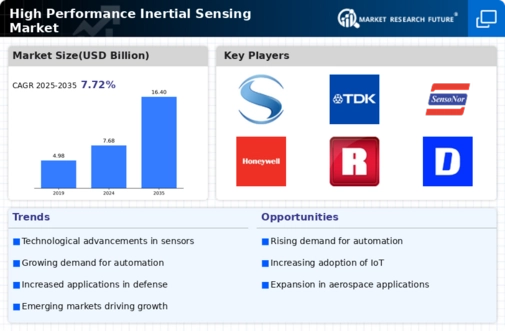
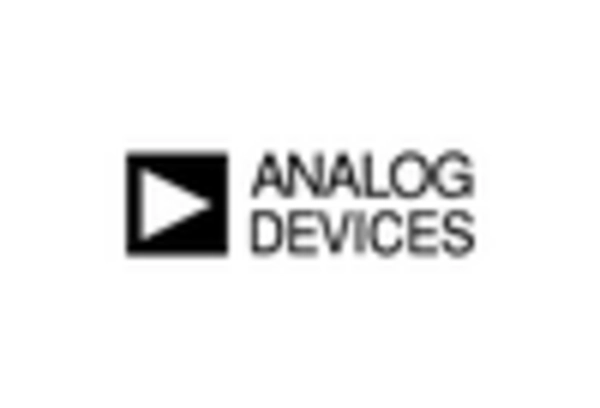

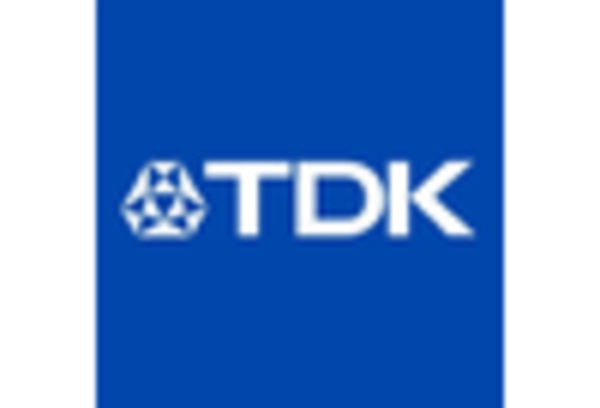

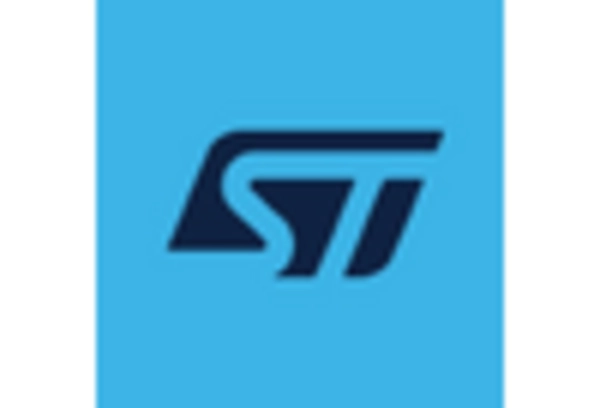
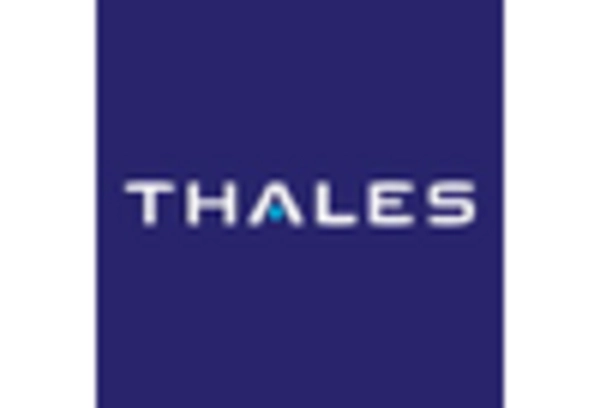








Leave a Comment